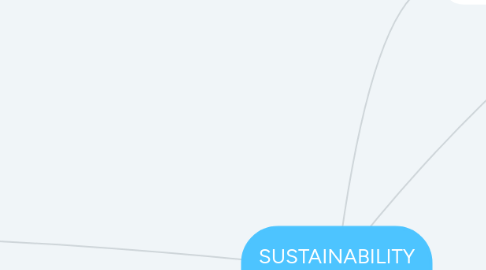SUSTAINABILITY INQUIRY
by Arhaan Azim


1. The Pacific Ocean is the largest and deepest ocean basin on Earth, covering more than 60 million square miles (155 million square kilometers) and averaging a depth of 13,000 feet (4,000 meters).
2. How deep is the Pacific Ocean?
3. Effects on the Environment
3.1. Garbage pollution has a big effect on the environment. The garbage can harbor rats and fleas that carry harmful diseases. These vermin can then cause many cases of a disease. After that, when even more garbage piles up, there will be more cases and more deaths. Soon there would be an epidemic. Nobody would be able to survive in the harsh conditions, and, like in many movies such as Wall-E, Earth would not be able sustain life and humanity would be wiped out. This can happen just because you decided to throw away your soda can instead of recycling. So, it is very important that we keep the environment safe.
3.1.1. Effects on the Environment
4. https://www.theoceancleanup.com/great-pacific-garbage-patch/
5. Garbage in the Pacific Ocean
5.1. The Great Pacific Garbage Patch is the largest accumulation of ocean plastic in the world
5.2. 1.15 TO 2.41 MILLION METRIC TONNES OF PLASTIC ARE ENTERING THE OCEAN EACH YEAR.
5.3. The Great Pacific Garbage Patch is a collection of marine debris in the North Pacific Ocean. Marine debris is litter that ends up in oceans, seas, and other large bodies of water.
5.3.1. https://www.nationalgeographic.org/encyclopedia/great-pacific-garbage-patch/
5.4. The North Pacific Subtropical Convergence Zone. This convergence zone is where warm water from the South Pacific meets up with cooler water from the Arctic. The zone acts like a highway that moves debris from one patch to another.
5.5. The amount of debris in the Great Pacific Garbage Patch accumulates because much of it is not biodegradable. Many plastics, for instance, do not wear down; they simply break into tinier and tinier pieces.
5.6. How big is the great pacific garbage patch?
5.6.1. The mass known as the Great Pacific Garbage Patch is about 1.6 million square kilometers in size.
5.6.1.1. https://www.google.co.nz/amp/s/amp.cnn.com/cnn/2018/03/23/world/plastic-great-pacific-garbage-patch-intl/index.html
5.6.2. https://www.google.co.nz/amp/s/www.newsato.com/great-pacific-garbage-patch-turning-into-an-unsolvable-problem/amp/?source=images
5.7. What happens to organisms in the ocean due to garbage in the Great Pacific Ocean Garbage Patch?
5.7.1. Ocean debris and plastic kills more than 1 million seabirds and more than 100,000 sea mammals each year;
5.7.1.1. https://www.nzherald.co.nz/nz/news/article.cfm?c_id=1&objectid=11809973

